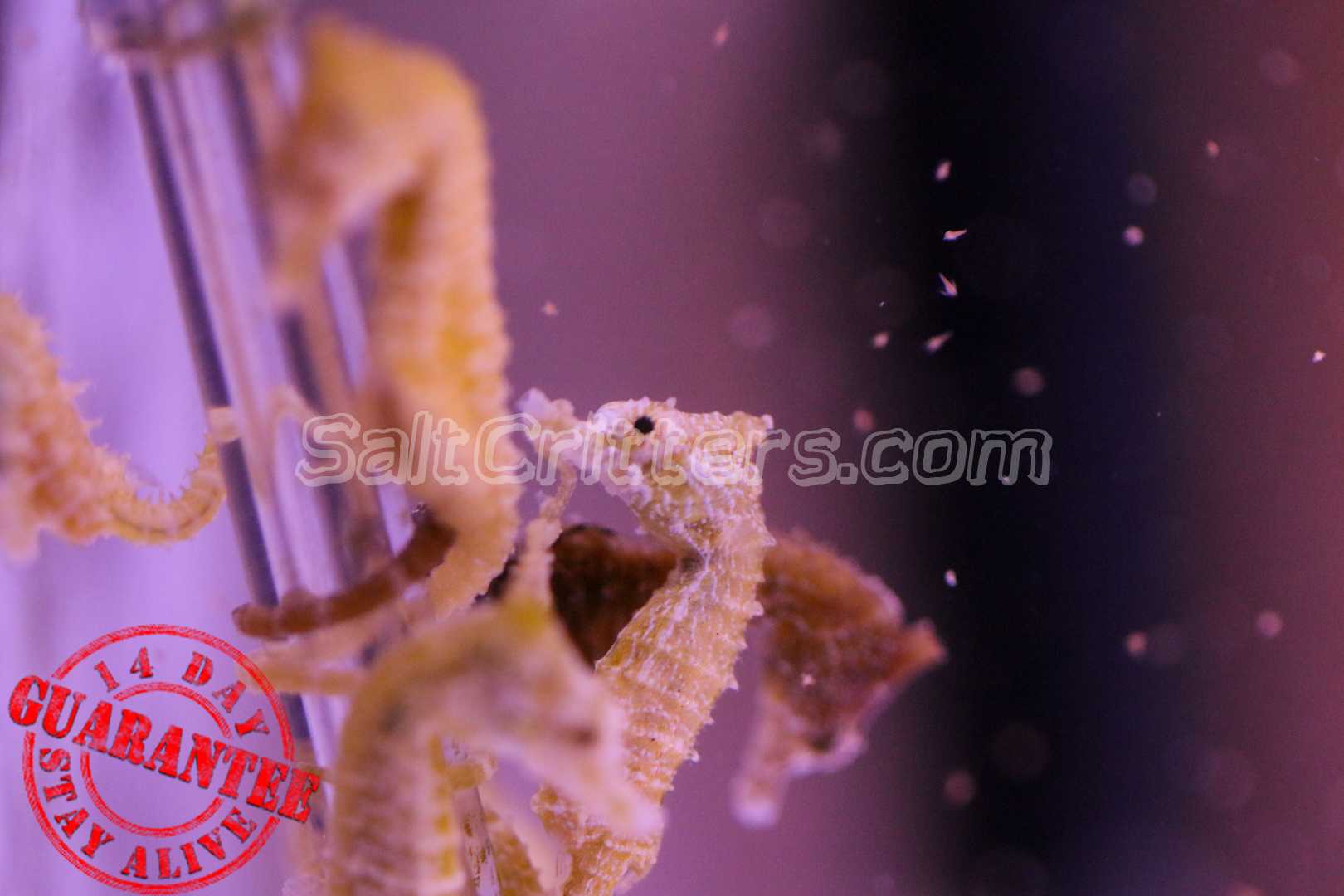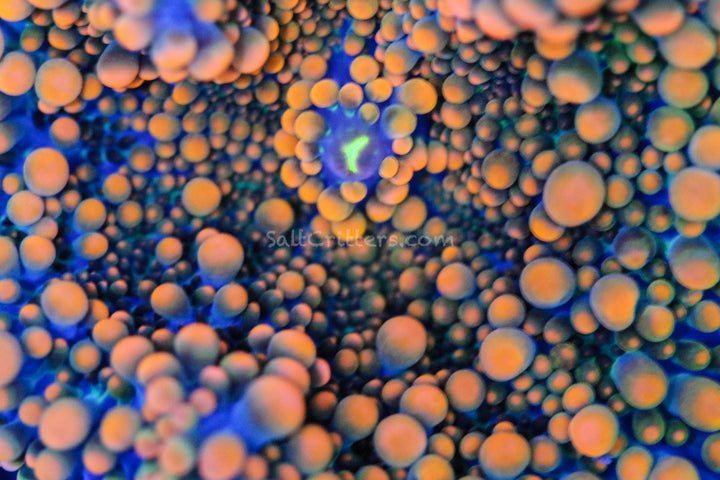
Does looking at fish and other aquatic creatures lift your spirits? The ocean and its creatures have and continue to be a source of both relaxation and inspiration for many people. The Hippocampus Zosterae or dwarf seahorse is a fascinating fish and one of the smallest seahorses in the world. The following are four interesting fun facts about the tiny dwarf seahorse.
Threats Lurk in the Wild
Dwarf seahorses are threatened by pollution and the destruction of their habitat. As a result, there are efforts being made in the United States as well as on a more global scale to protect them. They are a candidate in the United States to be listed for protection under the Endangered Species Act. Additionally, in an effort to secure wider protection the United States put forward a proposal in the Convention on International Trade in Endangered Species of Wild Fauna and Flora (Appendix II) to put a voluntary minimum limit on the size for wild-collected seahorses.
Fast or Slow?
Did you know that the fins on a dwarf seahorse are on its head and can beat up to fifty times a second? But don’t confuse the speed of their fins with rapid movement through the water. At is highest speed the dwarf seahorse can move about five feet an hour. While they are slow, it is an interesting fact to note that dwarf seahorses can maneuver well backward, forward, up and down.
Habitat and Diet
Perhaps in part due to their slow speed dwarf seahorses live in seagrass beds in shallow waters. They also live in floating vegetation. These tiny seahorses use their tails to hold onto coral or seagrass. Once anchored, they lay in wait for their food as expert “ambush hunters.”
Reproduction
Ah romance…these fascinating seahorses may be small but they do mating in a big way! Dwarf seahorses mate for life in a beautiful and complex four-stage courtship. The mating ritual begins with “dancing” in the form of quivering and vibrating. Next the female will raise her head to point up repeatedly. Once the male begins to follow the females lead and point his head upward they are ready to move on to the next stage. Both the male and the female move up in the water column together to copulate. The female dwarf seahorse produces eggs, but an interesting fact to note that it is the male dwarf seahorse that carries the eggs in his pouch until they are ready to hatch. The babies are ready to hatch in about eleven days and look like small versions of their parents.
Dwarf seahorses are easy to care for and a great choice for a intermediate aquarist. They are able to thrive in small aquariums that allow for the appropriate food density. If you were excited about our seahorse fun facts and are just as excited about watching them from your own aquarium, know that SaltCritters sells high quality seahorse feeding stations online shipped directly to your door.



Comments (0)
Back to Blog